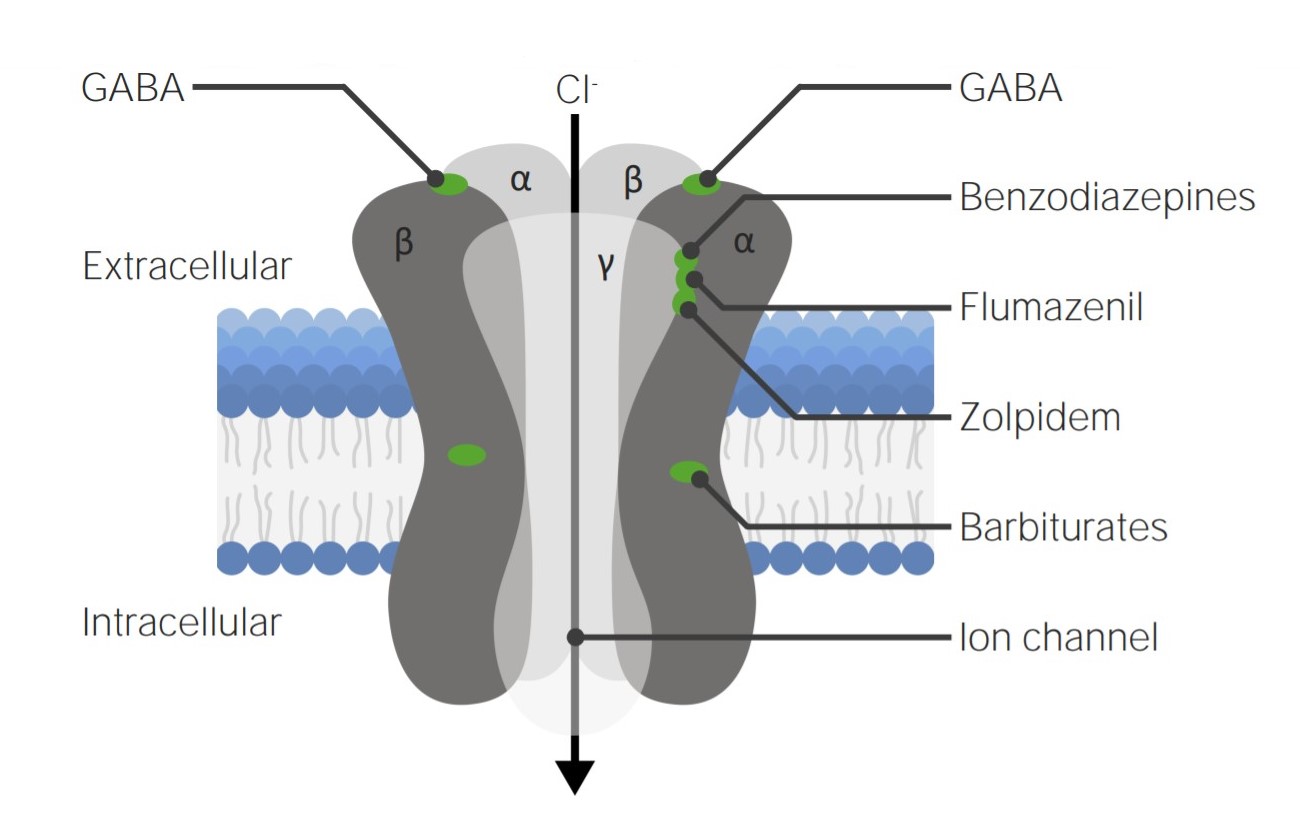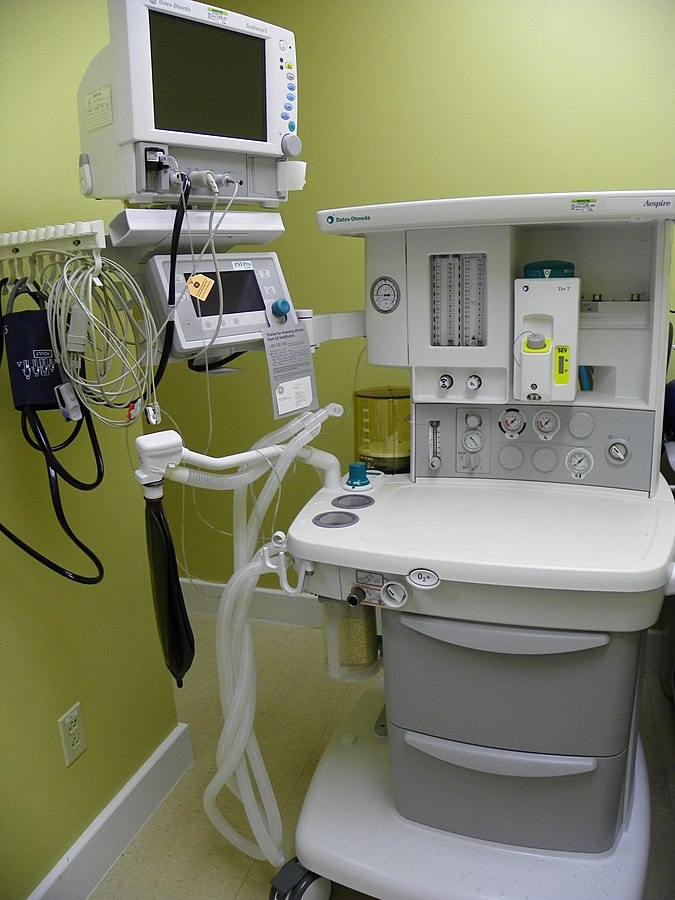Playlist
Show Playlist
Hide Playlist
Continuing the Anesthetic – General Anesthesia
-
08 -General Anesthesi.pdf
-
Download Lecture Overview
00:00 Once you think the tube is in place, inflate the cuff and listen for a leak around the cuff. The inflation should be just enough to stop the leak. Look at the chest wall. 00:09 Is it moving? Look at your end-tidal CO2 monitor. Are you getting CO2 back? Look at the tube. Are you getting condensation of water vapour on the inside of the tube? You won't get that if you're in the esophagus, because there's no water vapour to come back from the stomach. So check for those things. And then listen to the lungs, listen bilaterally, listen well load into the axillary area and make sure you've got air entry. This is a picture of three vapourizers that are commonly used in anesthesia. They are all drug specific. 00:45 They'll only manage one drug. They're calibrated for atmospheric pressure or whatever the atmospheric pressure is in the area in which you live. The temperature, they change their delivery of vapour dependent upon the temperature in the room. So if it's in the middle of the summer and very hot, they adjust to that. They are, also adjust to the flow that you set through them. 01:09 And each is calibrated annually, as I mentioned. I know the one on the left is for Isoflurane. 01:15 And I know that because it's got a purple band on it, which is the Isoflurane color. The one on the right is Sevoflurane, and I know that because it's got a yellow top, which is the Sevoflurane color. 01:27 And the one in the middle is for Desflurane and blue is not a particular color for any vapour, but I know that the device on the lower left of the vapourizer is the filling port for Desflurane vapourizer and it doesn't exist on any other kind of vapourizer. 01:45 So, that's easy to work out. So, what vapour are you going to use? So let's start with Isoflurane. Set the inspired level of Isoflurane at 1-2% and then adjust according to the patient's hemodynamics. All of these vapours enhance muscle relaxation. 02:03 Isoflurane itself is too pungent for inhalation induction. 02:09 Common to get Tachycardia with Isoflurane, but you get no myocardial depression, slow onset of action, slow recovery. Bit of a hangover. Desflurane is not as potent as Isoflurane, so you have to set it at a higher initial level. Set it at 5-7%, and again, adjust to the patient's hemodynamics. It also enhances muscle relaxation, as all the vapours do. 02:33 It also is too pungent for inhalation induction. Tachycardia and hypertension occur if concentration is raised quickly. If you don't do it quickly, if you only raise it a little bit of the time, you don't get Tachycardia and hypertension. There's no myocardial depression. Again, it's the fastest onset recovery of any of the vapours, but it requires a heated vapourizer, which is a more expensive device and requires more careful calibration. And finally, Sevoflurane. Set the inspired to 1-3%, and again, adjust to hemodynamics. It also enhances muscle relaxation. 03:09 It's an excellent choice for inhalation induction as its smell is mild, and we talked about that in an earlier lecture. It produces little change in heart rate. No myocardial depression. It has an intermediate speed of onset and recovery, fairly quick actually, but not as quick as Desflurane. 03:27 And it's been very popular in pediatric anesthesia because of its property as an inhalation induction agent.
About the Lecture
The lecture Continuing the Anesthetic – General Anesthesia by Brian Warriner, MD, FRCPC is from the course Anesthesia.
Included Quiz Questions
What is the MOST potent vapor used for anesthesia induction?
- Isoflurane
- Desflurane
- Bupivacaine
- Articaine
- Nitrous Oxide
Which vapor has fastest onset and recovery?
- Desflurane
- Isoflurane
- Sevoflurane
- Articaine
- Lidocaine
What variable(s) are vaporizers calibrated to?
- Atmospheric pressure, temperature, and flow rate
- Atmospheric pressure
- Temperature
- Atmospheric pressure and temperature
- Flow rate only
Customer reviews
5,0 of 5 stars
| 5 Stars |
|
5 |
| 4 Stars |
|
0 |
| 3 Stars |
|
0 |
| 2 Stars |
|
0 |
| 1 Star |
|
0 |






